Importing goods from China—especially packaging boxes and custom rigid boxes—has become an essential step for many Irish brands and distributors aiming to control cost, expand design variety, and elevate product presentation.
However, first-time importers often underestimate the complexity behind “just ordering boxes.” The process involves supplier selection, product design, manufacturing control, logistics coordination, documentation, customs clearance, and VAT compliance.
By mastering the fundamentals and working with a trusted partner like GPLPAK, you can minimize risk, reduce costs, and ensure your products arrive safely and on schedule.
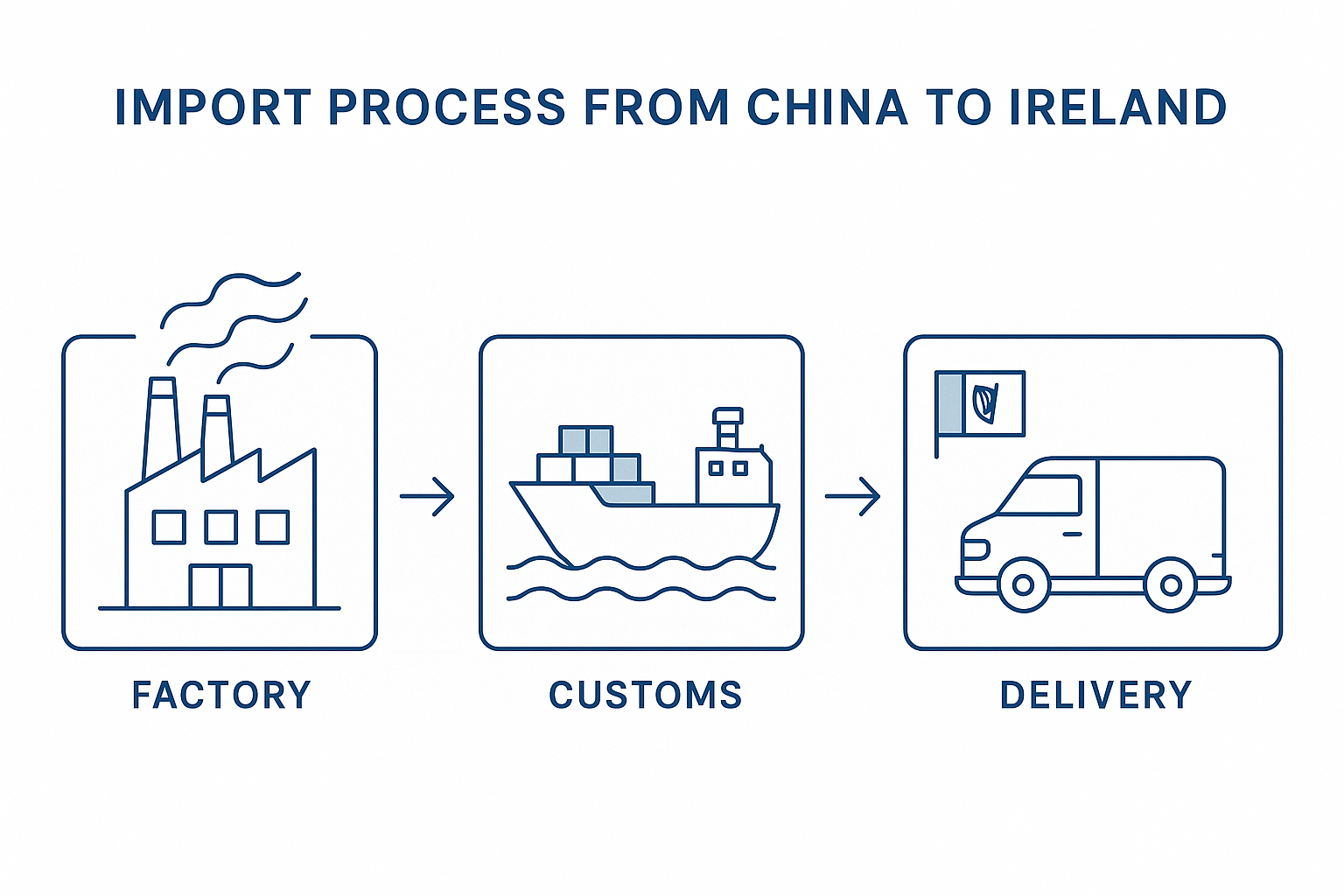
Before you contact freight companies or customs brokers, you must clearly define what you’re importing.
For packaging buyers, this means specifying:
Box type: rigid box, magnetic closure box, foldable box, paper tube, drawer box, etc.
Purpose: for wine, cosmetics, jewelry, apparel, or electronics.
Finishing: matte/gloss lamination, foil stamping, embossing, or eco-friendly kraft finish.
Materials: FSC-certified paperboard, recycled paper, or specialty textured paper.
Once the specification is clear, start supplier evaluation. When selecting a Chinese packaging manufacturer, look for:
✅ Proven export experience (especially with EU clients)
✅ Transparent communication in English
✅ Flexible customization (OEM/ODM)
✅ Quality control and inspection systems
✅ Compliance with sustainability or FSC standards
Working with a one-stop factory like GPLPAK—where design, production, inspection, and export are all handled under one roof—can help you save weeks of coordination time and avoid middlemen mark-ups.
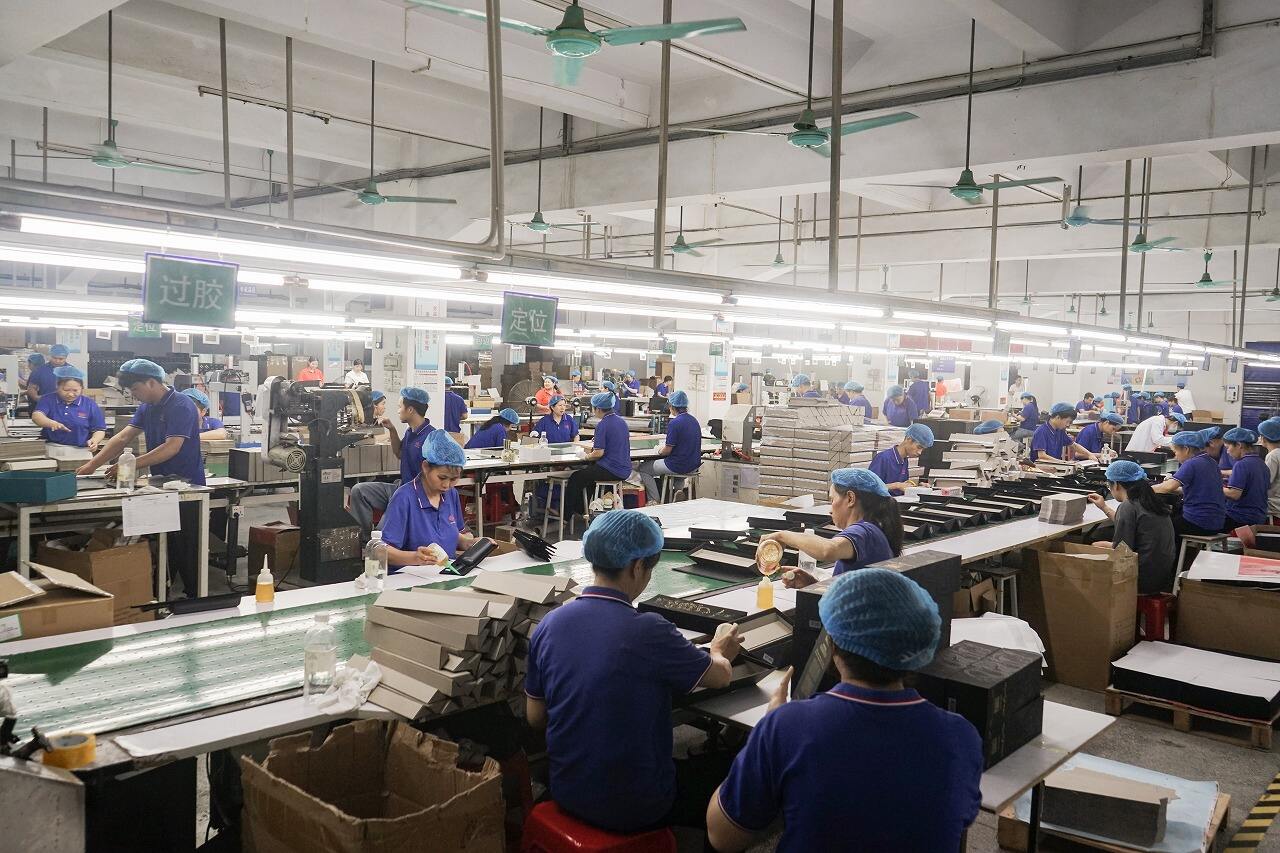
Once the supplier is confirmed, the production phase begins.
Request samples or prototypes before mass production—this ensures your specifications, materials, and finishes are correct.
Professional suppliers should offer:
Die-line creation and structural testing
Color matching using Pantone references
Pre-production sampling
QC report and inspection before shipment
At GPLPAK, we often conduct final inspections before loading to verify printing, assembly, and packaging are consistent with client standards.
| Mode | Typical Transit | Best For | Cost Level |
|---|---|---|---|
| Sea Freight (FCL/LCL) | 30–40 days | Large bulk orders | Low |
| Air Freight | 3–7 days | Urgent shipments | High |
| Courier/Express | 5–10 days | Small samples | Highest |
For packaging boxes—especially rigid paper boxes—sea freight is the most common choice. To optimize costs, consider consolidating shipments or working with your supplier to manage container loading (20GP, 40HQ).
GPLPAK regularly assists clients with container optimization and export packaging to ensure the boxes arrive in perfect condition, avoiding crush or moisture damage.
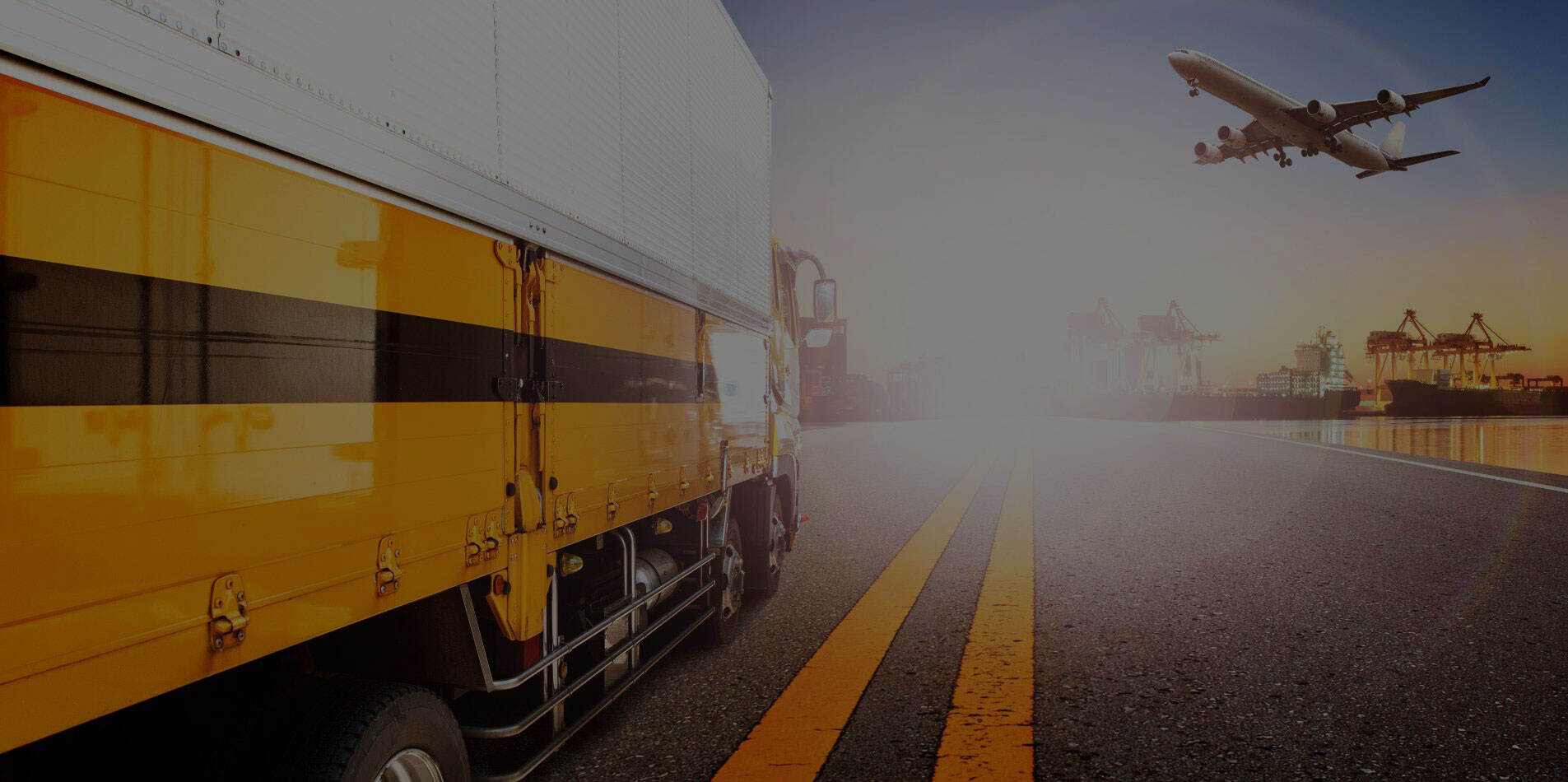
When your shipment arrives in Ireland, customs clearance begins. To ensure a smooth process, you’ll need:
Commercial Invoice
Packing List
Bill of Lading (or Air Waybill)
Certificate of Origin (if required)
Import Declaration (AIS system)
EORI number (for Irish importer)
Customs duties are calculated based on HS Code, country of origin, and declared value. After duty is applied, the 23% Irish VAT is charged on top of the CIF value (Cost + Insurance + Freight).
A simplified example:
If your declared CIF value = €2,000 and duty = €100, then VAT = 23% of (€2,000 + €100) = €483.
➡️ Total payable: €583 before goods release.
By ensuring accurate paperwork, correct HS classification, and proper valuation, importers can avoid costly delays or fines.

Many new importers underestimate the landed cost. Here’s what to include in your import budget:
Product price (EXW/FOB)
Freight cost (Sea/Air)
Customs duty
23% VAT
Insurance & documentation fees
Port handling charges
Delivery from port to warehouse
A practical tip: request a landed cost estimate from your supplier or freight forwarder before shipment. GPLPAK often helps clients pre-calculate total cost, ensuring no surprises after arrival.

Every step in the import process carries risks. The most common include:
Incorrect product specifications or printing errors
Damaged boxes due to poor packaging or moisture
Wrong HS codes causing customs delays
Incomplete or inaccurate documentation
Late shipments missing retail seasons
How to Mitigate:
✅ Always confirm samples and approve production before payment
✅ Ask for inspection reports and factory photos
✅ Use durable export cartons and moisture protection
✅ Insure your shipment
✅ Partner with a manufacturer familiar with Irish and EU compliance
GPLPAK’s export department supports clients with inspection photos, test reports, and full shipping documentation, reducing communication overhead.
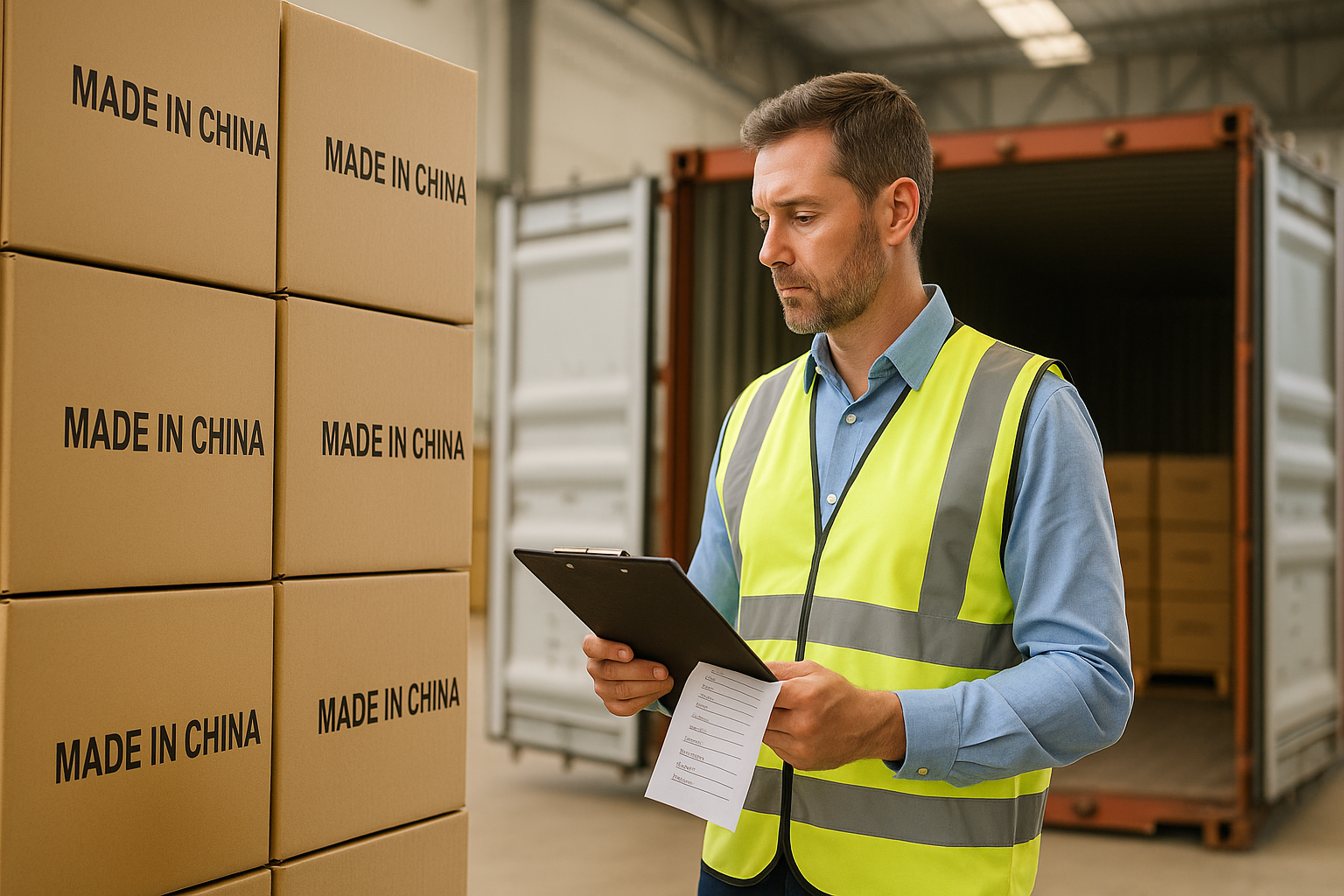
After customs clearance, your goods will be released for final delivery to your warehouse, retail outlet, or fulfillment center.
Choose a local forwarder or rely on your Chinese partner’s DDP (Delivered Duty Paid) service to complete the last-mile delivery.
With DDP shipping, GPLPAK handles everything from production to your door—including freight, customs, and taxes—so your team only needs to receive the goods.
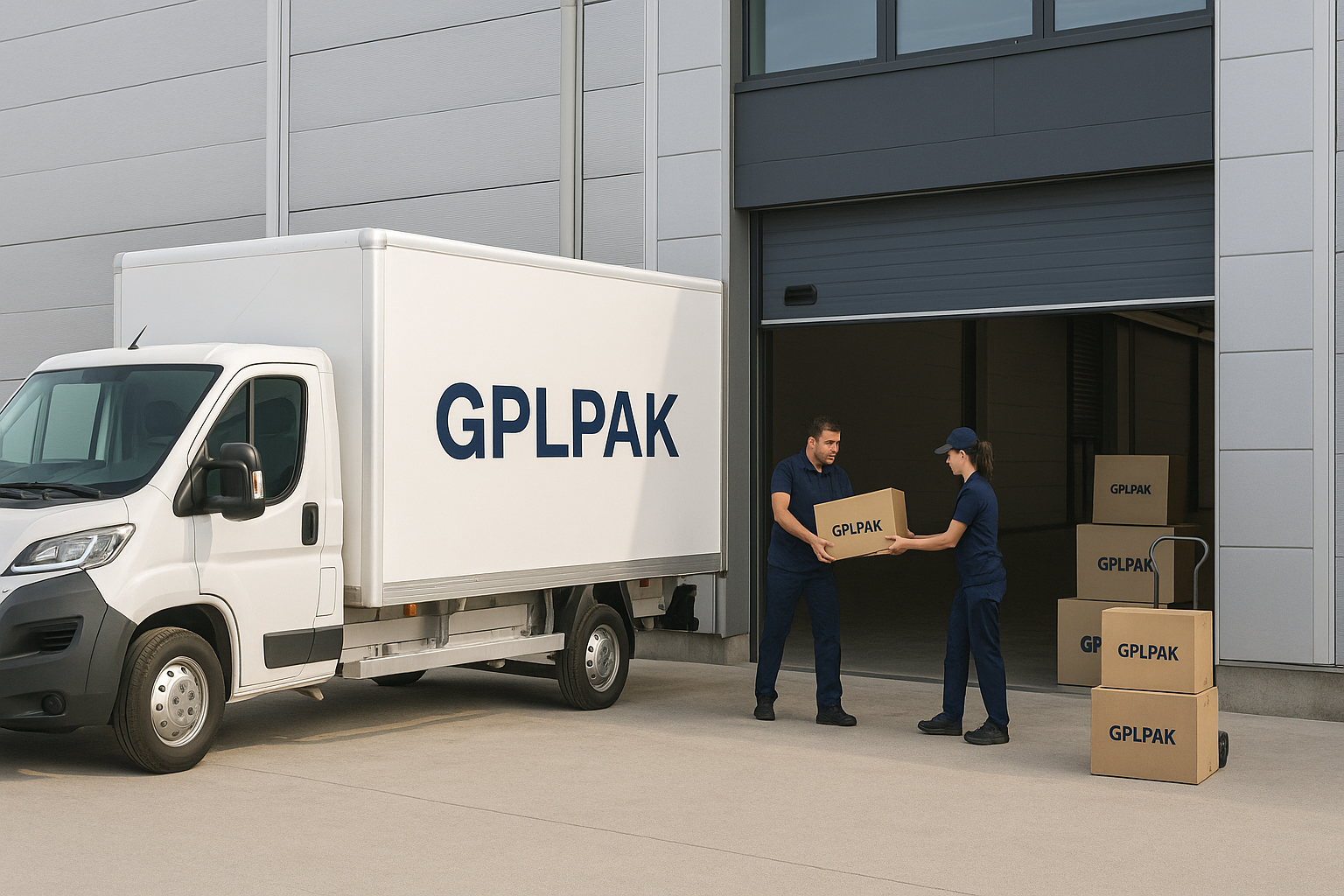
| Mistake | Consequence | Prevention |
|---|---|---|
| Choosing unreliable suppliers | Poor quality or shipment delay | Vet factories; request samples |
| Incomplete documentation | Customs delays/fines | Prepare invoices & HS codes correctly |
| Under-declaring value | Risk of seizure | Declare fair value |
| Ignoring insurance | No compensation for loss | Always insure |
| Overlooking VAT | Cash-flow issues | Plan VAT payments early |
A fragmented supply chain—one factory, one agent, one freight company—often leads to confusion, delay, and hidden costs.
That’s why more importers are turning to one-stop packaging suppliers like GPLPAK.
We handle:
Design & structural engineering
Custom printing & finishing
Pre-shipment inspection
Export documentation
Shipping coordination
After-sales support
You gain a single point of contact, predictable lead time, and guaranteed quality—so you can focus on marketing your products instead of chasing multiple vendors.
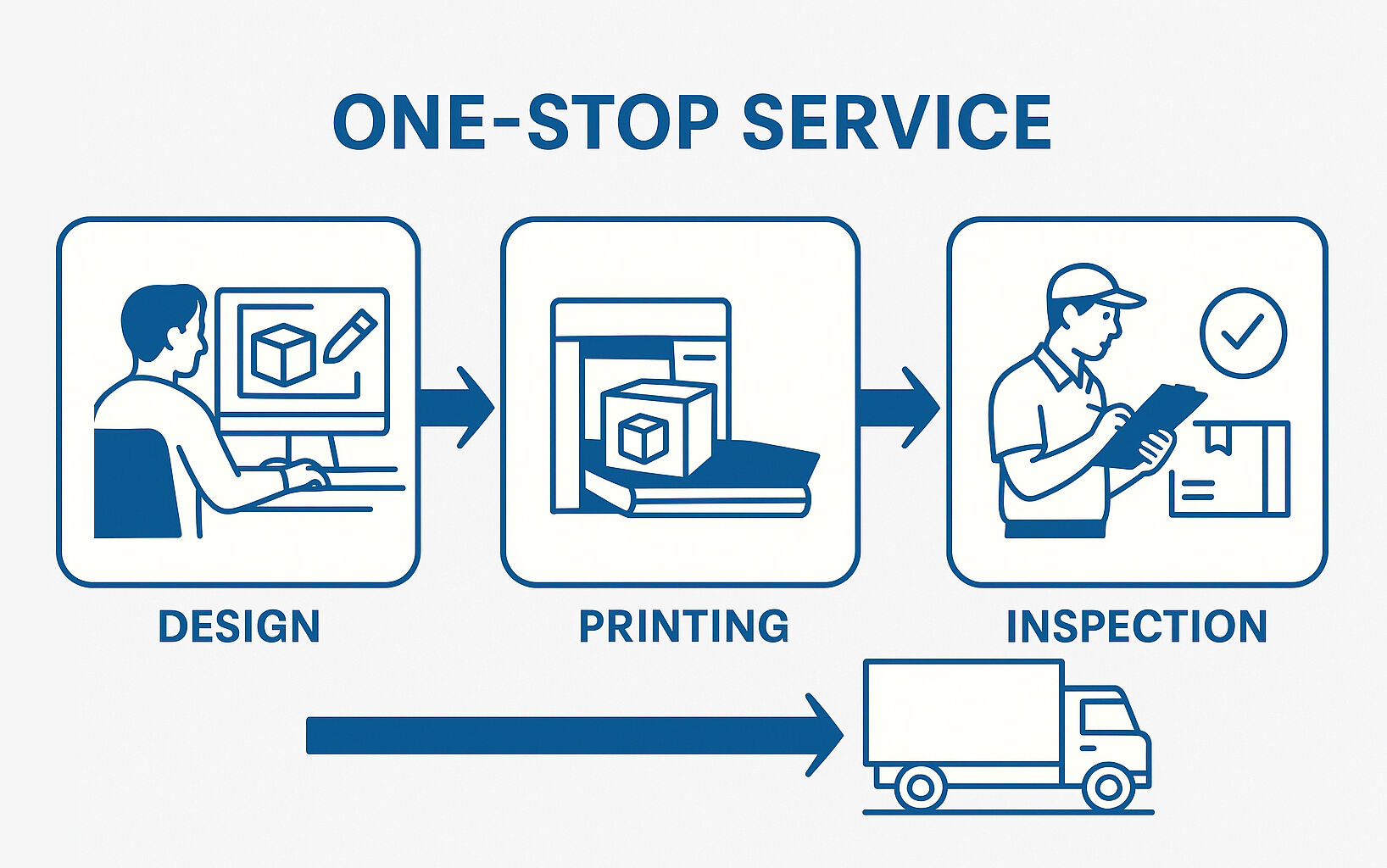
✅ Define your packaging needs (type, material, finish)
✅ Choose an experienced Chinese supplier
✅ Approve samples and confirm specifications
✅ Confirm Incoterms & shipping plan
✅ Prepare accurate documents
✅ Plan for VAT and duty
✅ Track shipment and stay compliant
Importing packaging products from China to Ireland doesn’t have to be difficult — with the right partner, it becomes a well-coordinated, transparent, and profitable process.
At GPLPAK, we don’t just manufacture boxes — we deliver complete export solutions. From design to inspection, from export documentation to shipping, our goal is to make your import experience effortless and risk-free.
If you’re planning to import packaging products from China into Ireland, we not only make the boxes — we help you with export documentation, packing, shipment supervision, coordinated inspections, and clearance support to make your Irish delivery smooth and on schedule.
Author :Suka

Suka is a Senior Packaging Specialist at GPLPAK. Passionate about innovative packaging solutions and sustainable practices, Suka is committed to helping brands shine through distinctive and effective packaging strategies. With deep expertise in design trends and industry insights, Suka provides actionable guidance to entrepreneurs, creatives, and business leaders, ensuring their packaging is not only visually appealing but also environmentally responsible. Suka excels at turning concepts into practical solutions that connect with consumers and elevate brand success.
email:[email protected]
whatsapp:+86 13723519895
 Hot News
Hot News2025-05-27
2025-09-10
2025-07-28
2025-07-30
2025-08-03
2025-08-06